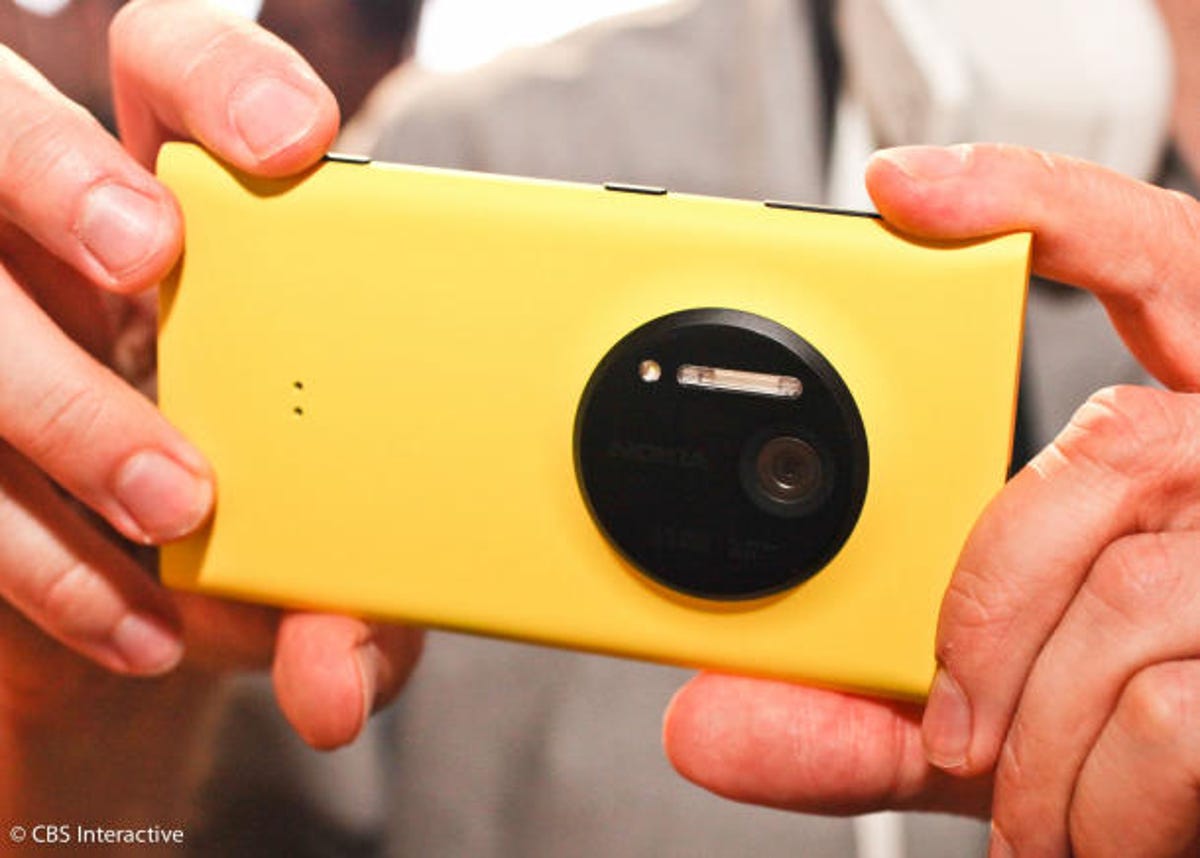It’s been three years since Microsoft rebooted its Windows Mobile operating system as Windows Phone, but the operating system’s mobile future is still in flux.
The optimist would say that Windows Phone’s prospects have never been brighter. The pessimist would disagree.
On the bright side, Microsoft just announced Windows Phone 8 Update 3, which includes new support for quad-core CPUs and phablets that helps keep its spec lists looking fresh. Moreover, the buyout of Nokia’s smartphone arm will bring Redmond’s biggest hardware ally completely into the fold, all while BlackBerry’s apparent demise topples the competition for third-largest ecosystem. All this gives the software giant a chance to at least double Windows Phone growth by 2017.
On the other hand, Windows Phone adoption has been slow, with the OS fighting for less than 10 percent of mobile’s global market share, while Android and iOS gobble up the overwhelming majority.
A guide to all the Nokia Lumia Windows phones (pictures)






+15 more
In addition, Microsoft has a problem with partners. Right now it’s trying to woo back HTC to once again expand the Windows Phone ecosystem. If that fails, Microsoft may be the only outfit making Windows phones. That single-source strategy may work for Apple, but even the iPhone is having a hard time standing up to Android’s diverse and seemingly inexhaustible players.
What’s an old-school software company with hardware aspirations to do? It’s going to take guts, lots of money, and a fair amount of luck to raise Windows Phone to a place where it can truly compete with the top dogs.
Related stories:
- Microsoft’s next Windows Phone OS
- Windows Phone ‘phablet’ two years late
- BlackBerry’s loss, Windows Phone’s gain
- Nokia buy can’t fix Windows Phone
Listen hard, act fast
Back in 2010, and again in 2011, Microsoft pleaded for patience in getting its Windows Phone off the ground. But this year, the latest update’s most visible enhancements are a modified interface for extra-large phones and the ability to close apps in multitasking mode. You also can customize text tones by contact.
This is hardly hearty fare, but Microsoft points out that these are the most-wanted additions requested by fans.
However, Windows Phone customers also clamor for a notification center, a file manager, a personal assistant, better storage support for microSD cards, and indicator lights that signal missed calls and alerts. Many of these have been requested since the OS debuted and have long existed on Android and iOS.
Then there’s Skype, the other company that Microsoft bought in 2011 (and for 1.3 billion more than Nokia), but the company has yet to integrate it into Windows smartphones by default to counter Apple’s FaceTime and even Google Plus Hangouts. Yes, Windows Phone 8 Skype users can place calls from the People hub, after first downloading the app. What I’m talking about is making this an out-of-the-box feature.
Windows Phone 8 Update 3 goes big for phablets (pictures)






+5 more
We do know, at least, that Microsoft is hard at work on a personal assistant of its own called Cortana, which understands natural language and will replace the legacy TellMe voice input currently in use.
Microsoft’s next update should be a major one that includes this personal assistant, notification center, and Skype integration at the very least. After the Nokia acquisition is complete (assuming it gets shareholder and regulatory approval), Windows Phone should rapidly incorporate Nokia-designed software tools, like its camera add-ons, into the native OS experience.
Take big risks
From where I sit, Microsoft’s largest asset — and challenge — is to take the big risks that make a company stand out as a player worth paying attention to. After the transition, the Windows Phone team should not just use, but push Nokia’s venerable design philosophy into edgier territory.
Microsoft should waste no time funding projects that explore and apply new finishes and materials (like continuing its work on graphene), publish a few wacky proofs of concept (like this one from 2011, also below), and perhaps create a high-end luxury phone of its own.
Why? Microsoft’s Windows Phone project has spent its lifetime being reactionary, trying to catch up to Apple and Google without truly managing to keep pace. This is not the time to be conservative with cookie-cutter design and features that are just good enough.
This is the time to prove that Microsoft can innovate, design, and define future tech. Not every project will yield big bucks, but making a public effort would go a long way toward invigorating Microsoft’s staid image. If the company could achieve coolness once with Xbox, it could do it again with Windows Phone.
Spending to success
From the very beginning, Microsoft demonstrated a commitment to spend on Windows Phone — in bringing products to market, in advertising them, and in paying developers incentives to program for the less popular OS.
These efforts have been enough to inflate the App store to more than 170,000 titles and to turn Nokia into a phone-churning machine that accounts for nearly all Windows Phone sales worldwide.


CNET
But last year’s spend isn’t enough to carry Windows Phone forward in the years to come, especially in a post-Nokia world where Microsoft calls both the hardware and software shots. Microsoft will need to continue shelling out cash to support the growth of new, exciting, top-tier hardware and quick software releases.
In addition, Microsoft’s next chief has got to continue creative advertising campaigns (and this) to take on Samsung and Apple public’s perception.
Above all, Microsoft must invest intelligently in the things that matter most: namely, brushing up the operating system that underpins it all.
As Nokia learned the hard way with shaky finances that in the end compelled the company to sell its heart and soul to its one-time partner, even snappy design won’t keep Windows Phone afloat if nobody wants to use the stuff inside.



